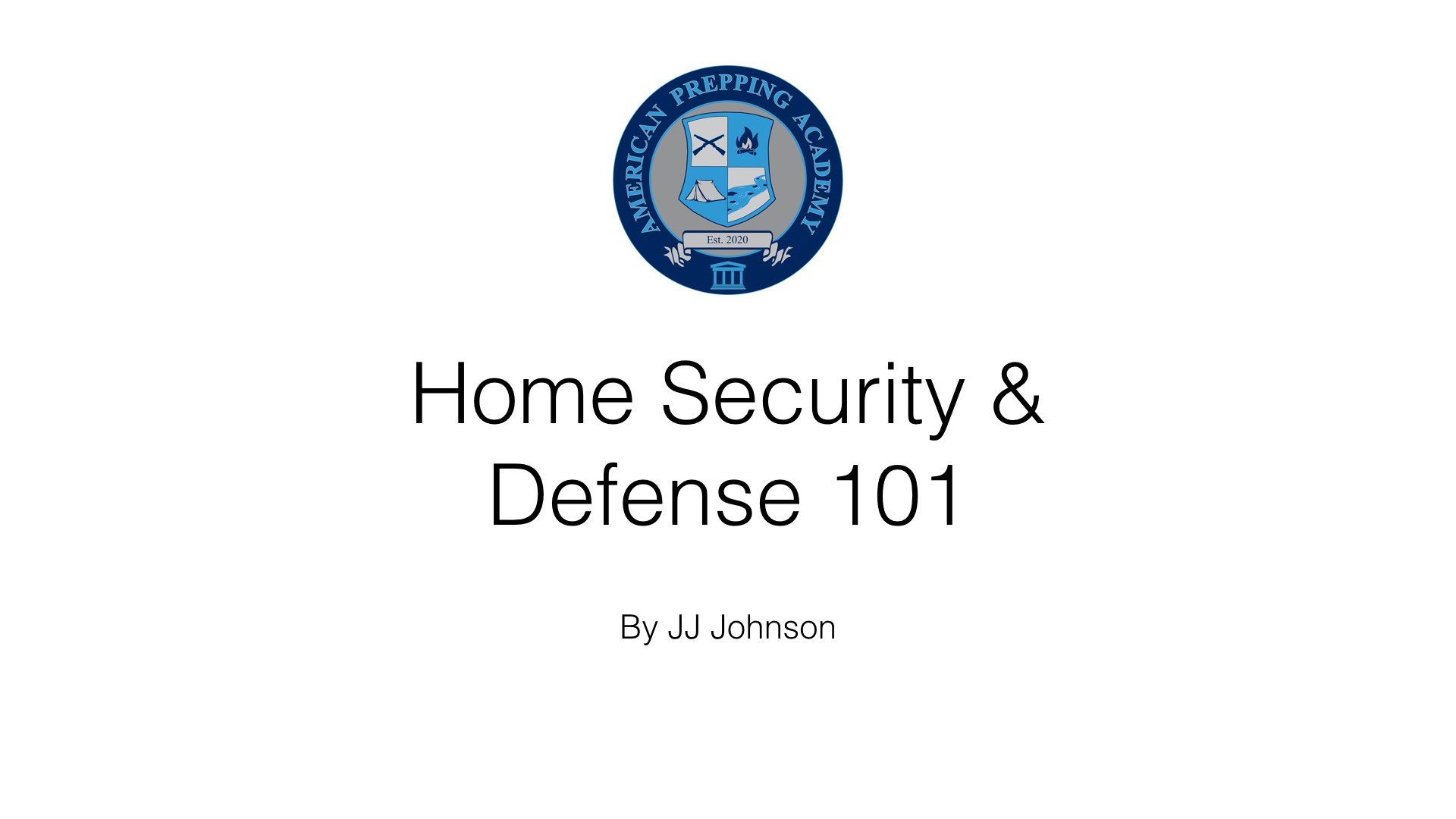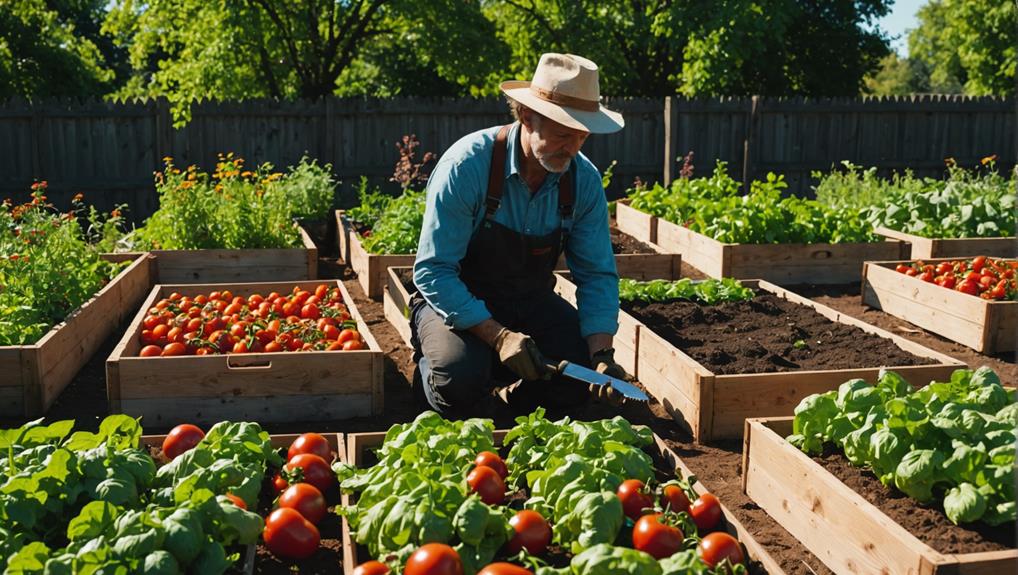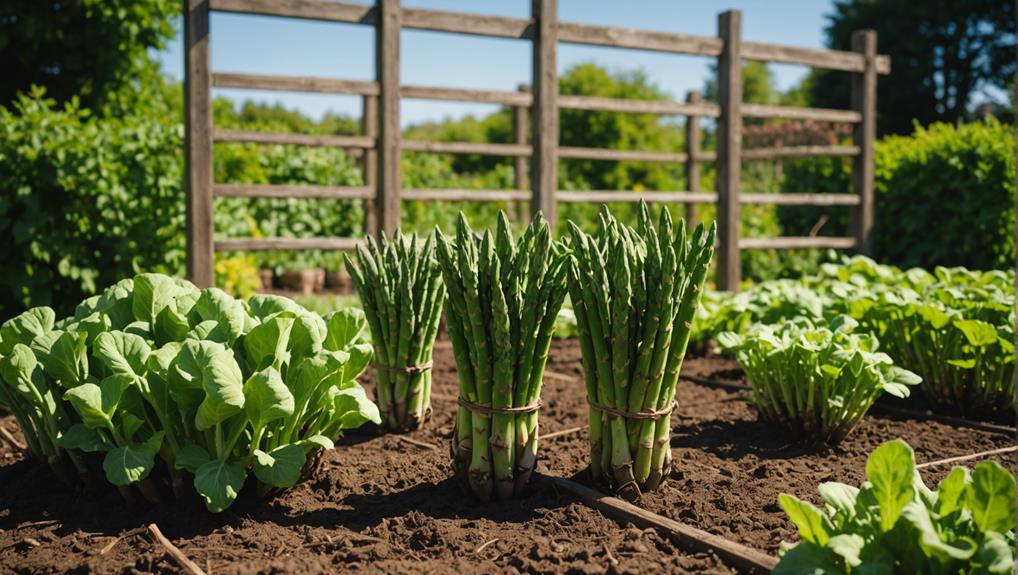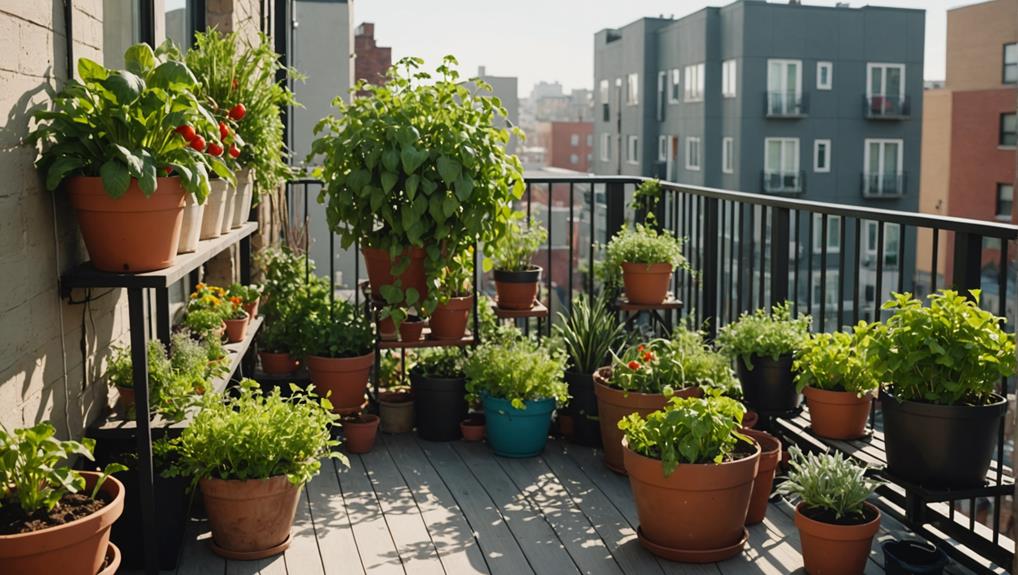As an Amazon Associate I earn from qualifying purchases.
So, have you ever thought about what you would do in an emergency situation? Whether it’s a natural disaster, power outage, or even a break-in, it’s important to be prepared. And that’s where prepping and home security come in. In this article, we’re going to discuss the basics of prepping and home security, and how you can ensure the safety of yourself and your loved ones. Trust me, you’ll want to stick around for this.
Now, when it comes to prepping, there are a few key things to consider. First off, having a well-stocked emergency kit is essential. This should include items like non-perishable food, water, a first aid kit, flashlights, batteries, and any necessary medications. It’s also important to have a plan in place for communication and evacuation, should the need arise. In addition, learning basic survival skills, such as fire starting and first aid, can also be extremely beneficial.
When it comes to home security, there are plenty of measures you can take to protect your property and keep your loved ones safe. Installing a good security system, complete with cameras and alarms, can act as a deterrent to potential burglars. It’s also a good idea to ensure that all windows and doors are secure, with strong locks and reinforced frames. Additionally, keeping your property well-lit and trimming back any shrubs or trees that could provide cover for intruders can make a big difference in deterring break-ins.
So, as you can see, prepping and home security go hand in hand when it comes to keeping you and your loved ones safe. In the following article, we’ll dive deeper into both topics, providing you with even more tips and advice on how to stay prepared and secure in any situation. So stay tuned and get ready to take charge of your safety!
Staying Safe: Prepping and Home Security 101
Preparing for Survival
Having a plan in case of emergencies or disasters is crucial for your safety and well-being. By adequately preparing, you can ensure that you and your loved ones will be able to weather any storm. This article will guide you through the process of creating a survival kit, stockpiling essential supplies, and learning first aid techniques.
Creating a Survival Kit
A survival kit is a collection of essential items that will help you sustain yourself during challenging times. Start by gathering items such as non-perishable food, water, a flashlight, batteries, a first aid kit, a multi-tool, a whistle, a blanket, and a portable charger. Store your survival kit in an easily accessible location and periodically check its contents to ensure they are up-to-date.
Stockpiling Essential Supplies
In addition to a survival kit, it is wise to stockpile essential supplies that will sustain you and your family for an extended period. Items such as canned food, bottled water, toiletries, medications, and extra clothing should be stored in a cool, dry place. Rotate these supplies periodically to maintain their freshness and usability.
Learning First Aid Techniques
Knowledge of first aid techniques can be invaluable in times of crisis. Enroll in a first aid course to learn life-saving skills, including CPR, bandaging wounds, and treating burns. Familiarize yourself with the contents of your first aid kit and know how to use each item effectively. A calm and knowledgeable individual can greatly contribute to the well-being of those around them in emergency situations.
Securing Your Home
Your home should be a sanctuary, a place where you feel safe and protected. Taking measures to reinforce your home’s security will provide you with peace of mind and safeguard against potential threats.
Reinforcing Doors and Windows
Start by ensuring that all doors have deadbolt locks and solid frames. Reinforce weak areas, such as the hinges and strike plates, to prevent forced entry. Consider installing security film on windows, which adds an extra layer of protection against break-ins. A secure home is a deterrent to intruders and will greatly enhance your safety.
Installing a Home Security System
Investing in a home security system is a proactive step towards protecting your property. A reputable security system will provide surveillance cameras, motion detectors, and a monitoring service that notifies the authorities in case of an emergency. Research different systems and choose the one that best fits your needs and budget.
Utilizing Smart Home Technology
Smart home technology allows you to control various functions of your home remotely. By installing devices such as smart locks, video doorbells, and security cameras, you can monitor and control access to your home even when you are away. Having the ability to monitor your surroundings and control your security systems enhances the safety of your home.
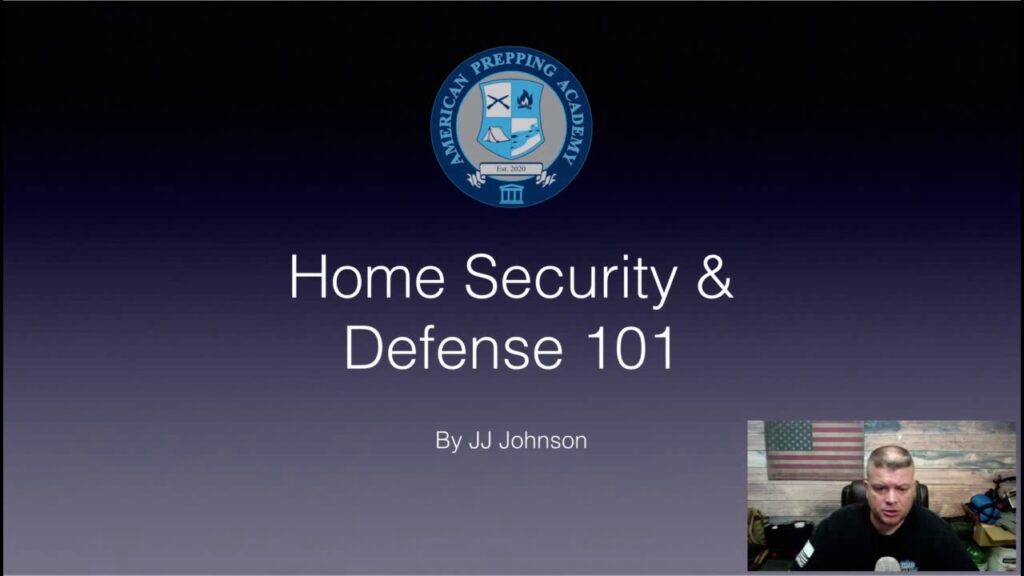
This image is property of i.ytimg.com.
Protecting Your Property
Beyond securing your home, taking steps to protect your property from potential threats is important.
Installing Outdoor Security Cameras
Outdoor security cameras act as a deterrent and provide valuable evidence in case of a crime. Install cameras in strategic locations around your property, such as near entrances and vulnerable areas. Ensure that the cameras are visible to make potential intruders think twice about targeting your property.
Securing Fences and Gates
A sturdy fence and locked gates provide an additional layer of security around your property. Regularly inspect them for any weaknesses or damage, and promptly repair them to maintain their effectiveness. Consider installing motion-activated cameras near entry points to monitor any unauthorized access.
Using Motion Sensor Lights
Motion sensor lights are an effective way to deter potential intruders and increase your safety. Install them around the perimeter of your property and near entrances. When someone approaches, the lights will automatically turn on, illuminating the area and discouraging any unwanted visitors.
Developing a Safety Plan
In any emergency situation, having a well-thought-out safety plan is essential. This plan should outline procedures to follow and designate meeting points for all family members.
Identifying Emergency Exits
Familiarize yourself with all the exits in your home and create a plan to evacuate quickly and safely. Establish primary and secondary evacuation routes and regularly practice drills with your family. Being prepared and knowing where to exit during an emergency can save precious time and potentially lives.
Establishing Communication Channels
During a crisis, communication is paramount. Establish a reliable communication channel with your family members and close friends. Set up a group chat or use a designated app to stay in touch and share updates. Having a clear and efficient communication plan ensures that everyone is informed and accounted for.
Designating a Meeting Point
In the event of an emergency, it is essential to have a designated meeting point where all family members can gather. Choose a location that is easily accessible and familiar to everyone. This meeting point will serve as a gathering spot to reunite with loved ones and confirm everyone’s safety.

This image is property of i0.wp.com.
Enhancing Personal Safety
Personal safety should be a top priority. Taking proactive measures to protect yourself and your loved ones is crucial in today’s unpredictable world.
Learning Self-Defense Techniques
Enroll in self-defense classes to gain confidence and learn techniques to protect yourself in case of an attack. These classes will teach you how to react quickly and effectively in dangerous situations, providing you with the skills and mindset needed to stay safe.
Carrying Non-Lethal Weapons
Non-lethal weapons, such as pepper spray or personal alarms, can provide an added layer of security when walking alone or in potentially dangerous areas. Educate yourself on the legal requirements and proper usage of these tools to ensure you use them responsibly.
Being Prepared for Potential Threats
Stay informed about potential threats in your area, whether they are natural disasters or civil unrest. Pay attention to local news and official alerts and have a plan in place to respond accordingly. Being prepared and aware of potential threats will enable you to react quickly and protect yourself and your loved ones.
Maintaining Online Security
In today’s digital age, online security is just as important as physical security. Protecting your personal information from cyber threats is crucial.
Creating Strong Passwords
Use unique and strong passwords for all your online accounts. Avoid using easily guessable information, such as your name or birthdate. Consider using a password manager to securely store and generate complex passwords.
Using Secure Wi-Fi Networks
When accessing the internet, ensure that you are using a secure and encrypted Wi-Fi network. Avoid using public Wi-Fi networks, as they can be vulnerable to hackers. If you must connect to a public network, use a virtual private network (VPN) for added security.
Avoiding Phishing Scams
Be cautious of suspicious emails, text messages, or phone calls that attempt to deceive you into sharing personal information. Always verify the authenticity of the sender or caller before providing any sensitive information. Regularly update and run antivirus software on your devices to protect against malware and other online threats.

This image is property of Amazon.com.
Preparing for Natural Disasters
Understanding the potential hazards in your area and having a plan in place to mitigate their impact is crucial for your safety.
Understanding Local Hazards
Research the common natural disasters that occur in your region, such as hurricanes, earthquakes, or wildfires. Understand the potential risks and make necessary preparations to minimize their impact. Stay informed about local emergency procedures and evacuation routes.
Creating a Severe Weather Plan
If you live in an area prone to severe weather events, create a detailed plan to ensure your safety. Establish a designated safe room in your home, stockpile essential supplies, and monitor weather alerts regularly. Have a plan for sheltering in place or evacuating if necessary.
Assembling an Emergency Kit
Assemble an emergency kit that includes essential supplies such as food, water, medications, batteries, flashlights, and a battery-powered radio. Keep this kit in a readily accessible location and periodically check and replenish its contents. An emergency kit will provide crucial resources during times of crisis.
Emergency Response Training
Getting trained in emergency response techniques can make a significant difference in saving lives during critical situations.
Taking CPR and First Aid Classes
Enroll in CPR and first aid classes to learn lifesaving techniques. These classes will teach you how to respond effectively in medical emergencies, including heart attacks, choking incidents, and injuries. Being equipped with these skills can make a tremendous difference in the outcome of an emergency situation.
Participating in Fire Safety Drills
Fire safety drills are essential for every household. Practice regularly with your family on how to respond to fires, including how to safely exit the building and operate fire extinguishers. These drills will ensure that everyone knows what to do in case of a fire, minimizing panic and increasing their chances of escaping unharmed.
Learning Basic Search and Rescue Techniques
Basic search and rescue techniques can be vital during natural disasters or other emergencies. Enroll in courses to learn how to safely search for and assist individuals in need. These skills will enable you to provide critical help and potentially save lives in desperate situations.
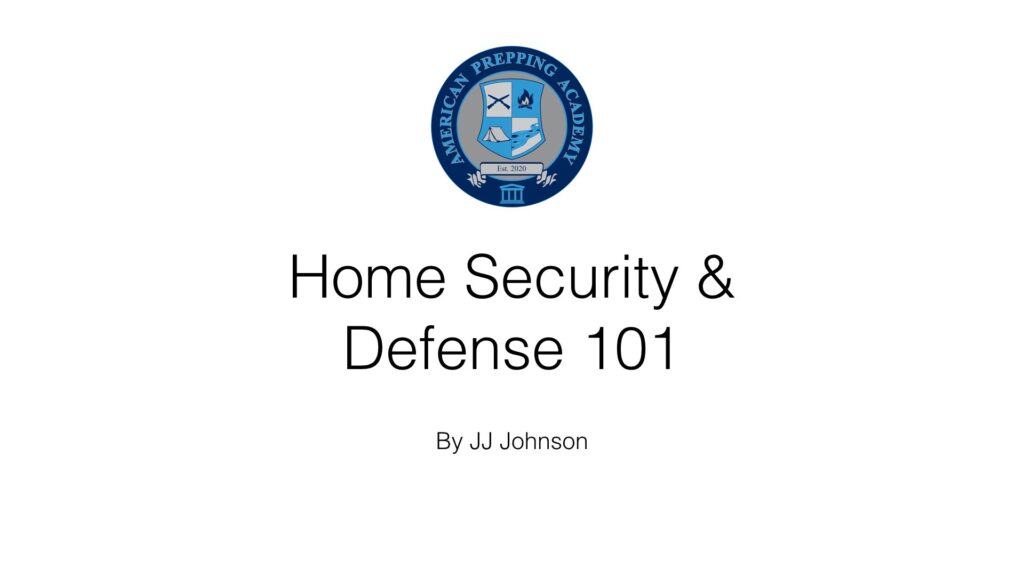
This image is property of i0.wp.com.
Child and Pet Safety Measures
Ensuring the safety of your children and pets should be a top priority when preparing for emergencies.
Childproofing the Home
Childproof your home by installing safety gates, securing heavy furniture, and covering electrical outlets. Regularly inspect your home for potential hazards and take preventive measures to protect your children from accidents or injuries.
Teaching Children Emergency Procedures
Educate your children about emergency procedures, such as how to exit the home during a fire or where to seek shelter during severe weather events. Conduct regular drills at home to reinforce these procedures and ensure that your children understand how to keep themselves safe.
Ensuring Pet Identification and Safety
In emergencies, pets can easily become separated from their owners. Ensure that your pets have proper identification, such as collars with up-to-date contact information or microchips. Keep their necessary supplies, including food, water, and medications, readily accessible so that you can quickly evacuate with them if needed.
Conclusion
Prioritizing safety through preparedness is crucial for your overall well-being and peace of mind. By taking action and implementing the strategies outlined in this article, you can significantly enhance your personal safety and security. Continual education and adaptation are key to staying safe in an ever-changing world. Stay vigilant and prepared for any potential threats that may arise, and remember that your safety is in your hands.

This image is property of www.safewise.com.
As an Amazon Associate I earn from qualifying purchases.






